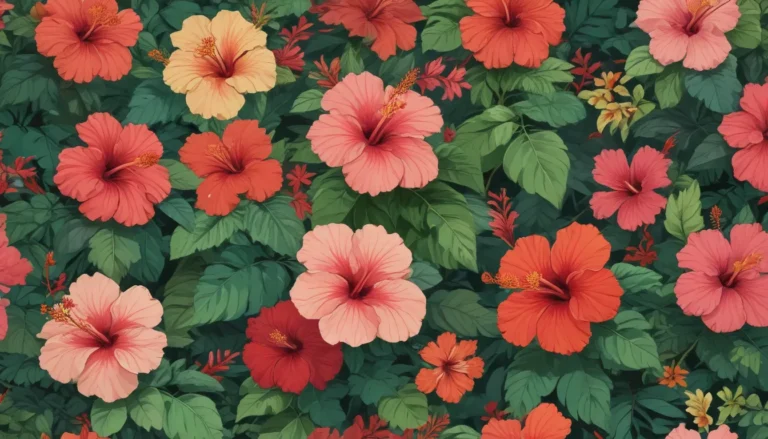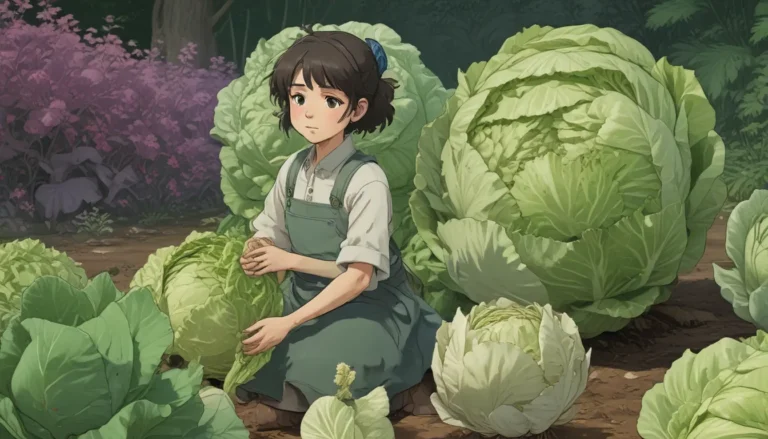A Comprehensive Guide to Pruning and Caring for Your Jade Houseplant

If you are a proud owner of a jade plant, then you are already familiar with the beauty and resilience of this popular succulent. The jade plant, scientifically known as Crassula ovata, belongs to the Crassulaceae family of plants and is native to South Africa. While it thrives outdoors in USDA Hardiness Zones 11 and 12, it is also a favorite choice for indoor cultivation due to its water-wise nature, resilience against pests and diseases, and longevity. In this in-depth guide, we will explore the art of pruning your jade plant, along with essential care tips and techniques to help you maintain a healthy and attractive specimen.
Introduction to Jade Houseplants
Before diving into the details of pruning, it’s essential to understand the key characteristics and care requirements of jade plants. Here are a few key points to keep in mind:
- Jade plants prefer bright, indirect sunlight and well-draining potting soil.
- They should be watered only when the soil is completely dry to avoid root rot.
- Mature jade plants typically reach a height of 18 to 30 inches indoors.
- Their fleshy, evergreen leaves and thick, branching stems give them a distinctive appearance.
For a more detailed guide on cultivating jade plants indoors, refer to our comprehensive growing guide.
9 Reasons to Prune Jade Houseplants
Pruning is the process of removing unwanted stems or leaves to maintain the health and appearance of a plant. While jade plants do not necessarily require pruning, there are several reasons why you might consider it. Here are nine common reasons for pruning a jade plant:
- Getting Rid of Damaged Foliage: Removing damaged or infested leaves to promote overall plant health.
- As a Last Resort: Deep pruning as a last-ditch effort to save a struggling plant.
- Promoting Compact Growth: Pinching back tip shoots to encourage lateral branching and denser growth.
- Reducing Bulk and Rejuvenating Plants: Trimming overgrown plants to redistribute weight and promote healthy growth.
- Removing a Broken Branch: Cutting off broken branches cleanly to prevent further damage.
- Selectively Pruning Crossed Branches: Removing crossing branches to prevent damage and promote symmetry.
- Shortening Leggy Stems: Trimming leggy stems to maintain the overall appearance of the plant.
- Styling Artistically: Pruning to create unique shapes or styles, such as bonsai pruning.
- Taking Cuttings: Propagating new plants from stem or leaf cuttings.
Each of these reasons requires specific tools and techniques tailored to the task at hand. Let’s explore the preparatory steps and appropriate trimming techniques to ensure successful pruning of your jade plant.
Preparatory Steps for Pruning
Before you embark on a pruning session, it’s important to take a few preparatory steps to ensure the health and safety of your plant. Here’s what you’ll need:
- Pair of snug-fitting, disposable gloves for sap sensitivity
- Cutting tools such as a paring knife, small scissors, pruners, and a horticultural saw (for larger stems)
- Cotton balls and 70 percent isopropyl rubbing alcohol for sanitization
- Small plastic trash bag for disposing of plant material
Remember, using sharp and sanitary tools is essential to prevent damage and infections while pruning. Follow these steps to sanitize your cutting blades before starting the pruning process:
- Put on disposable gloves.
- Work on or over the trash bag to protect surfaces.
- Moisten a cotton ball with rubbing alcohol and clean the cutting blades.
- Rinse the blades and dispose of the cotton ball in the trash bag.
With your tools ready and sanitized, you can now proceed to prune your jade plant for various reasons.
Appropriate Trimming Techniques for Jade Houseplants
Pruning a jade plant involves different techniques depending on the reason for trimming. Let’s explore some common scenarios and the corresponding trimming methods:
- Get Rid of Damaged Foliage: Use small scissors to snip off damaged leaves cleanly to prevent further issues.
- Last Resort: Deep pruning may be necessary for severely damaged plants to promote new growth and recovery.
- Promote Compact Growth: Pinching back tip shoots encourages lateral branching for a denser appearance.
- Reduce Bulk and Rejuvenate: Trimming overgrown plants redistributes weight and promotes healthy growth.
- Remove a Broken Branch: Cut off broken branches cleanly just above a node to facilitate regrowth.
- Selectively Prune Crossed Branches: Remove crossing branches to prevent damage and maintain plant health.
- Shorten Leggy Stems: Trim elongated stems to promote bushier growth and improve overall appearance.
- Style Artistically: Use pruning techniques to create unique shapes or styles, such as bonsai pruning.
- Take Cuttings: Propagate new plants from stem or leaf cuttings to expand your jade collection.
By following these appropriate trimming techniques, you can effectively prune your jade plant to enhance its health, appearance, and longevity.
Jazz Up Your Jade Plant
Whether you prefer a naturally grown jade plant or seek to experiment with artistic pruning styles, there are numerous ways to enhance the beauty of your specimen. Remember, regular pruning can stimulate lateral growth, promote compactness, and maintain the overall health of your jade plant. By incorporating these pruning techniques into your care routine, you can ensure that your jade plant remains healthy and attractive for years to come.
Are you a proud jade plant owner? Share your experiences and pruning tips in the comments section below. We’d love to hear about your jade plant journey and any creative pruning techniques you’ve tried!
For more valuable insights on plant care and maintenance, check out these three articles:
- How to Properly Prune Your Pothos Plant
- How and When to Prune Your Fiddle-Leaf Fig
- When and How to Prune Fuchsia Plants
With the right knowledge and techniques, you can transform your jade plant into a thriving masterpiece of greenery. Happy pruning!
*





